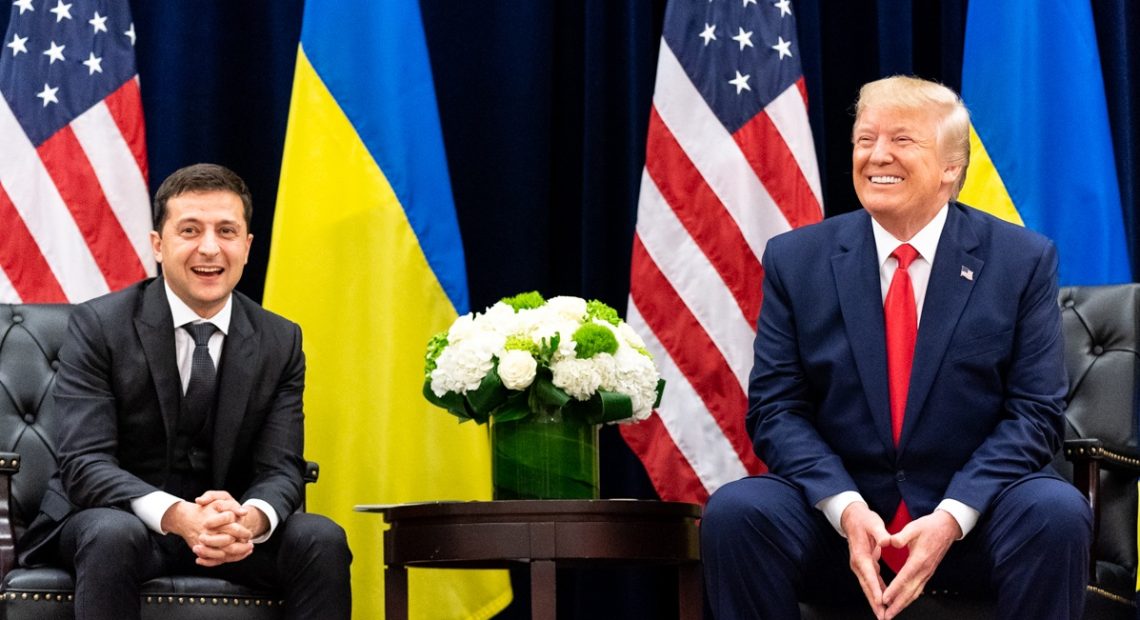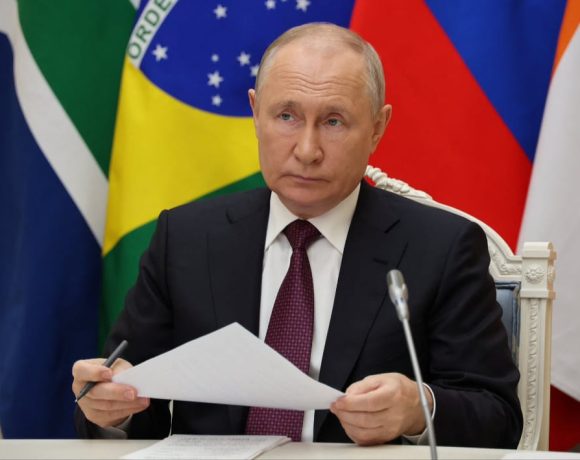
U.S., Ukraine Seal Deal on Critical Minerals Partnership
In a major step toward deepening economic cooperation, the United States and Ukraine have signed a landmark agreement to jointly develop Ukraine’s vast reserves of critical minerals. The pact, finalized on April 30, 2025, establishes a shared investment framework aimed at boosting Ukraine’s war-torn economy and ensuring both nations benefit from the global race for strategic resources.
The deal sets up a 50/50 partnership under the U.S.-Ukraine Reconstruction Investment Fund, co-managed by the U.S. International Development Finance Corporation and the Ukrainian government. Notably, Ukraine retains full ownership and sovereign control over its mineral wealth. Profits and royalties from the development and export of these resources will be split equally, avoiding debt-based models and ensuring direct financial benefit for Ukraine.
Ukraine is home to 22 of the 34 minerals identified as critical by the European Union. These include rare earth elements like neodymium and lanthanum, as well as vital industrial inputs such as lithium, graphite, and titanium. These materials are essential for defense systems, electronics, electric vehicles, and renewable energy technologies.
The agreement follows months of intense negotiation. Initial proposals reportedly involved the U.S. seeking greater leverage over Ukraine’s resource access, possibly as a form of repayment for previous aid. However, Ukrainian negotiators secured terms that reinforce national sovereignty and long-term development interests, marking a diplomatic win for Kyiv.
Though the agreement does not contain any explicit security guarantees, analysts view it as a calculated move to tighten U.S.-Ukraine alignment amid continued Russian aggression. Ukrainian officials hope that this partnership, while economic in nature, will also encourage sustained military and diplomatic support from Western allies.
This minerals partnership is expected to accelerate Ukraine’s economic recovery while strengthening its global strategic position. It symbolizes a broader shift in global supply chains, as Western powers look to diversify away from reliance on adversarial states and secure reliable access to resources critical for future industries.


















